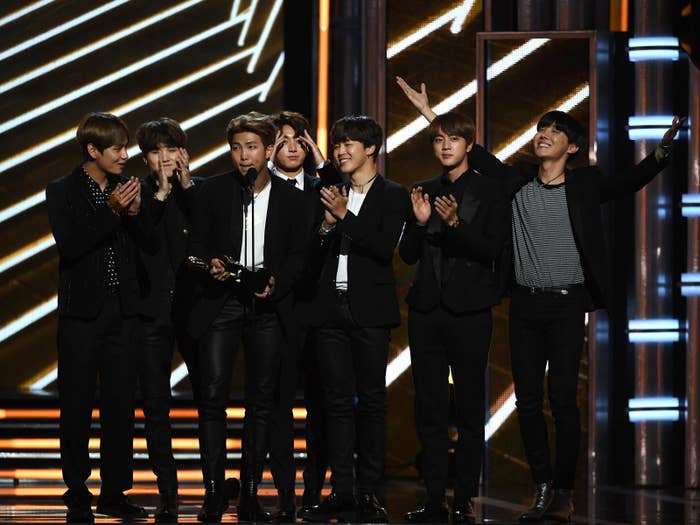It’s the last post for my civic issue blog!
I’m hoping that you all have been learning something out of my Civic Issue blog as much as I have, when I was researching on the issue.
As I sit down to write what may be my last post on this passion blog dedicated to Malaysia, I am filled with a sense of nostalgia and appreciation for the diverse culture, history, and beauty of this nation. From its rich traditions to its vibrant cuisine, from its diverse landscapes to its warm hospitality, Malaysia is truly a unique and remarkable country. As I reflect on my journey of exploring and celebrating Malaysia, I am compelled to share some final thoughts on this captivating nation in a more all-encompassing sense.
Malaysia is a country that is often overlooked by Americans when it comes to travel destinations, but it is a true gem that deserves attention and appreciation. It is a melting pot of cultures, with Malay, Chinese, Indian, and indigenous influences interwoven into its fabric. The result is a unique blend of traditions, languages, and culinary delights that create a tapestry of diversity and vibrancy.
One of the highlights of Malaysia is its food scene. From savory satay to aromatic nasi lemak, from mouthwatering roti canai to flavorful laksa, Malaysia’s cuisine is a melting pot of flavors that will tantalize your taste buds. Food is not just sustenance in Malaysia, but a way of life, a reflection of its diverse cultural heritage, and a source of national pride.
Malaysia is also home to stunning natural wonders. The majestic Mount Kinabalu in Borneo, with its lush montane forests and unique biodiversity, is a UNESCO World Heritage site and a haven for nature enthusiasts. The mesmerizing Cameron Highlands, with its tea plantations and cool climate, is a popular retreat for those seeking respite from the tropical heat. The idyllic beaches of Langkawi and Penang offer white sands, turquoise waters, and breathtaking sunsets, perfect for a tropical getaway.
But Malaysia is not just about its natural beauty and delicious cuisine. It is a country with a rich history and cultural heritage that is evident in its architecture, arts, and festivals. The iconic Petronas Twin Towers in Kuala Lumpur, with their modern design and Islamic influences, are a symbol of Malaysia’s progress and innovation. The ancient temples and mosques of Malacca and Penang showcase Malaysia’s religious diversity and tolerance. The vibrant festivals, such as Diwali, Eid, and Chinese New Year, highlight Malaysia’s multicultural celebrations and sense of community.
However, Malaysia, like any other country, is not without its challenges. Issues such as deforestation, environmental degradation, and human rights concerns require attention and action. It is important for us to be aware of these challenges and support efforts towards sustainable and responsible tourism, conservation of natural resources, and promotion of social justice and equality.
As I conclude this final post on my passion blog dedicated to Malaysia for my American audience, I want to express my deepest gratitude to all of you who have followed me on this journey of uncovering the hidden gems of Malaysia. I encourage you to consider Malaysia as a travel destination, to immerse yourself in its diverse culture, to indulge in its culinary delights, and to appreciate its natural beauty. Malaysia is a country that will captivate your heart and leave you with lasting memories.
Terima kasih, Malaysia! (Thank you, Malaysia!)
Bella<3









